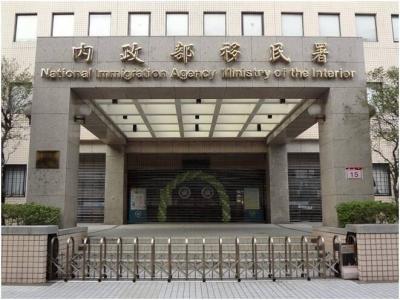The Legislative Yuan today passed a NT$60-billion (US$1.95 billion) special budget to rebuild in the aftermath of Typhoon Danas and extensive flooding last month.
The full amount, raised from the NT$56 billion initially proposed by the Cabinet, passed with no cuts, although three motions to freeze aspects of the budget proposed by the Taiwan People’s Party (TPP) were passed.
Two items under the Ministry of Economic Affairs’ (MOEA) electricity budget were conditionally frozen at 10 percent, while one item under the National Communications Commission (NCC) was conditionally frozen at 30 percent.

Photo courtesy of Tainan City Government
Typhoon Danas and torrential rain hit southern Taiwan last month, leading the Cabinet to propose the NT$56-billion special budget on Aug. 7.
The amount was then raised to NT$60 billion, which was passed by the Cabinet on Aug. 21 and by a joint review of five legislative committees, including the Finance Committee, on Wednesday.
Cross-party negotiations were completed yesterday, and the third reading was finalized this morning.
The NT$60 billion would be funded via debt issuance, with the majority, about NT$50.1 billion, allocated to economic development.
Meanwhile, NT$4.6 billion was allocated for general administrative costs, NT$3 billion for reserve funds, NT$1.6 billion for community development and environmental protection, and an additional NT$700 million for education, science and culture.
The highest percentage of the budget would be allocated to the Ministry of Agriculture at NT$20.3 billion, followed by the Ministry of Economic Affairs at NT$18.7 billion and the Ministry of Transportation and Communications at NT$6.9 billion.
About NT$4.6 billion would be allocated to the Council of Indigenous Peoples, while the remainder would be split between the Ministry of the Interior, the Ministry of Environment, the Ministry of Education and the Ministry of Culture, plus the reserve fund, the NCC and the Executive Yuan’s Public Construction Commission.

A small number of Taiwanese this year lost their citizenship rights after traveling in China and obtaining a one-time Chinese passport to cross the border into Russia, a source said today. The people signed up through Chinese travel agencies for tours of neighboring Russia with companies claiming they could obtain Russian visas and fast-track border clearance, the source said on condition of anonymity. The travelers were actually issued one-time-use Chinese passports, they said. Taiwanese are prohibited from holding a Chinese passport or household registration. If found to have a Chinese ID, they may lose their resident status under Article 9-1

Taiwanese were praised for their composure after a video filmed by Taiwanese tourists capturing the moment a magnitude 7.5 earthquake struck Japan’s Aomori Prefecture went viral on social media. The video shows a hotel room shaking violently amid Monday’s quake, with objects falling to the ground. Two Taiwanese began filming with their mobile phones, while two others held the sides of a TV to prevent it from falling. When the shaking stopped, the pair calmly took down the TV and laid it flat on a tatami mat, the video shows. The video also captured the group talking about the safety of their companions bathing

A classified Pentagon-produced, multiyear assessment — the Overmatch brief — highlighted unreported Chinese capabilities to destroy US military assets and identified US supply chain choke points, painting a disturbing picture of waning US military might, a New York Times editorial published on Monday said. US Secretary of Defense Pete Hegseth’s comments in November last year that “we lose every time” in Pentagon-conducted war games pitting the US against China further highlighted the uncertainty about the US’ capability to intervene in the event of a Chinese invasion of Taiwan. “It shows the Pentagon’s overreliance on expensive, vulnerable weapons as adversaries field cheap, technologically

Starting on Jan. 1, YouBike riders must have insurance to use the service, and a six-month trial of NT$5 coupons under certain conditions would be implemented to balance bike shortages, a joint statement from transportation departments across Taipei, New Taipei City and Taoyuan announced yesterday. The rental bike system operator said that coupons would be offered to riders to rent bikes from full stations, for riders who take out an electric-assisted bike from a full station, and for riders who return a bike to an empty station. All riders with YouBike accounts are automatically eligible for the program, and each membership account